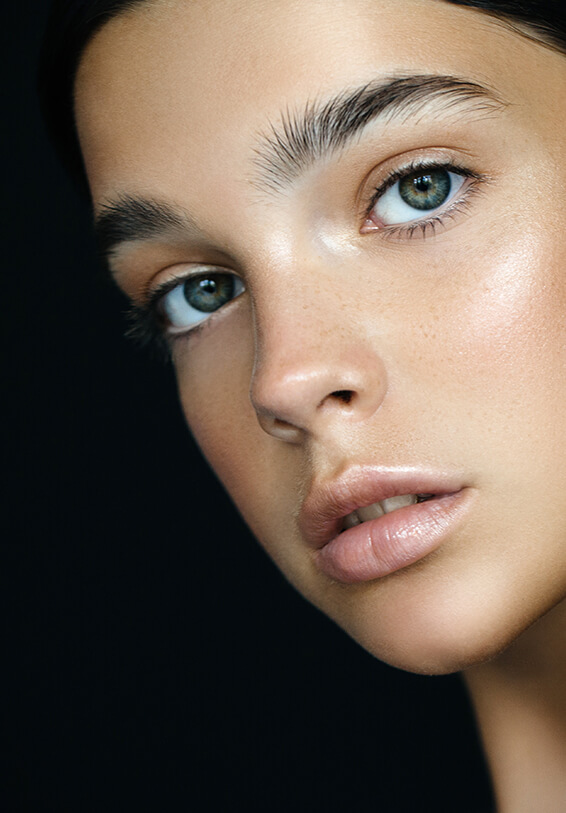Treatment Overview
An initial appointment usually involves a detailed consultation with Dr Rhobaye for a tailored treatment strategy of between 30 to 60 minutes. The actual injection stage takes only 10 to 20 minutes.
The lips are one of the most sensitive areas of the face; however, the treatments are usually tolerated very well. The premium cosmetic fillers that we use for the lips contain a local anaesthetic to reduce any discomfort significantly. Furthermore, an additional topical anaesthetic is routinely applied to the lips before the treatment for even greater comfort.
You will be advised by Dr Rhobaye on the expected recovery time so that you can plan a suitable procedure date. You can go out or back to work immediately following treatment. However, it is common when treating the lips with fillers to experience mild to moderate degree of swelling and, very occasionally, bruising. This swelling is most evident in the first few days but quickly starts to resolve over the subsequent period.
The results from hyaluronic acid filler treatments are immediate, and you should expect a noticeable improvement straight away. However, these results will develop further as the fillers undergo a process of integration and compaction, which can take some time to complete. There will also be a degree of swelling which needs to resolve to assess the treatment outcome. Consequently, the final stable results can take several weeks to appear, typically 4-6 weeks.
The duration of results from a lip filler treatment depends on the baseline anatomy of your lips, the indication for treatment, and type of filler used. In general, initial lip enhancement may last 4-9 months. However, with subsequent and repeat treatments, results can last substantially longer, especially if undertaken as part of a maintenance programme.
The amount and type of filler used, as well the number of sessions needed, will depend on the area of concern, desired results and your specific lip and regional anatomy. For some patients, only one session is necessary. For other patients, however, lip enhancement will involve multiple staged sessions to achieve the desired outcome, and typically with different densities of fillers, each targeting specific regions of the lips. Some patients may also require treatment of neighbouring areas of the face, such as the chin, to optimise lip positioning as well as improve overall proportions of the facial features so that they are in balance with each other.
It is entirely possible to achieve beautiful and completely natural-looking results when treating the lips as long as important defining features of the lips are respected and preserved during the treatment. Often, Dr Rhobaye will ‘build up’ a lip over several planned sessions using different densities of fillers to achieve the optimal proportions, volume and definition, making sure that the lips remain in balance with a patient’s overall facial features. The fillers that Dr Rhobaye uses also feel soft and natural, as well as allowing the lips to move in a normal manner. For more information about understanding the principles of natural-looking lip enhancement, please refer to the Advanced Treatment Information section below as well as our Photo Gallery.
Our experience with lip enhancement is that the patient satisfaction rate of this procedure is extremely high. Nevertheless, one of the main advantages of using hyaluronic acid (HA) fillers is that the procedure is reversible. If a patient wishes to reverse the changes for any reason, a particular enzyme (hyaluronidase) can be injected into the treatment area to dissolve the HA filler.
Disclaimer: Individual results and reactions may vary and can be affected by factors such as anatomy, physiology, metabolism, physical as well as environmental stresses, and fluctuations in body weight.



 How long do results last?
How long do results last?  Can the treatment results be reversed?
Can the treatment results be reversed? 





